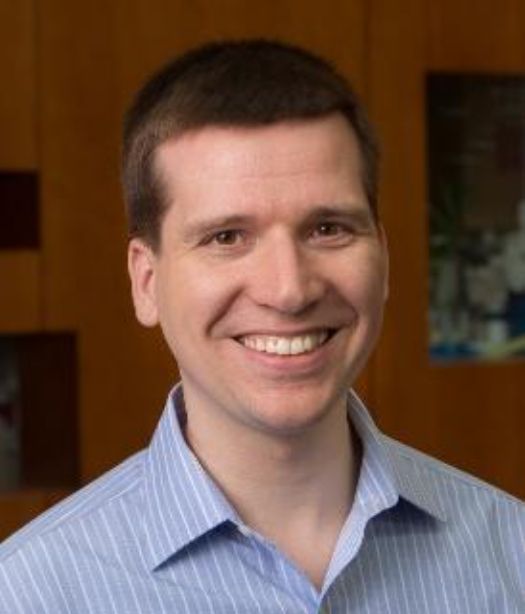Simo Mäkiharju
University of California Berkeley
Seminar Information
Engineering Building Unit 2 (EBU2)
Room 479
Seminar Recording NOT Available

Multiphase boundary layers are relevant for transportation, energy conversion and countless
other applications. If we consider one such application, shipping, we can note that frictional drag can
account for more than half of the resistance of a ship, and hence techniques to reduce it can have a
significant impact in decreasing fuel consumption and emissions. Air lubrication generating a
multiphase boundary layer was first proposed over a century ago. However, early on it produced mixed
results due to the complex flow physics of multiphase boundary layers which we are only now beginning
to understand sufficiently well to implement air lubrication on full-scale ships with confidence. Data
from sea trials and from commercial ships in normal operation indicate that net fuel consumption can
be reduced by 4 to 8% with Air layer Drag Reduction (ALDR). However, these realized net energy savings
are only half to a quarter of the reduction in the required propulsive power, as the energy required by
compressors to supply the gas is significant. On the other hand, superhydrophobic surfaces (SHS) do not
require continuous gas injection, but SHS alone have not been successfully implemented at full scale due
to challenges on durability, gas loss from plastrons and roughness. However, it was recently shown by
FLOW lab that SHS combined with macroscopic air layers can enable maintenance of continuous gas
layers with gas fluxes less than half of those required on hydrophilic surfaces. Experimental study of this
multiphase flow over a complex surface, SHS-ALDR, and related phenomena are ongoing. Data are being
used to derive a new model for critical gas flux, one that explains both roughness and surface contact
angle dependence. It is intriguing to contemplate the potential for macroscopic air layers on
superhydrophobic surfaces, if as indicated by small scale experiments the net energy savings of ALDR
alone could be nearly doubled.
Simo A. Mäkiharju is an Assistant Professor at UC Berkeley. Mäkiharju’s undergraduate studies
were in Energy Technology at the Lappeenranta University of Technology, Finland. He received his
Mechanical Engineering M.Sc. from the Ohio State University, and his Ph.D. from the University of
Michigan. His graduate research focused on the reduction of hydrodynamic drag by gas injection and
the development of a time-resolved X-ray densitometry imaging system for the study of multiphase
flows. He continued at the University of Michigan as a Post-Doctoral Research Fellow (2012-2014) and as
an Assistant Research Scientist (2014-2015) investigating single- and multiphase flow mixing in channel
flows while continuing the development of X-ray based 2D and 3D flow measurement techniques.
In 2016 he started as an assistant professor at UC Berkeley and has continued pursuing his
research interest in advancing the physical understanding of high-Reynolds number single- and
multiphase flows through experimental research, primarily through the development and use of
advanced experimental techniques. Mäkiharju’s recent findings showed the feasibility of in-lab X-ray PIV
experimentally and numerically, reveal fracturing during cavitation in shear thickening fluid, and
consider air lubrication for drag reduction on engineered surfaces with supporting simplified
experiments examining water impingement on engineered surfaces in parameter regime where gravity,
surface tension and inertia are all important.
